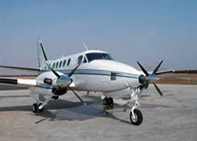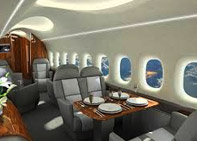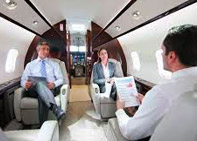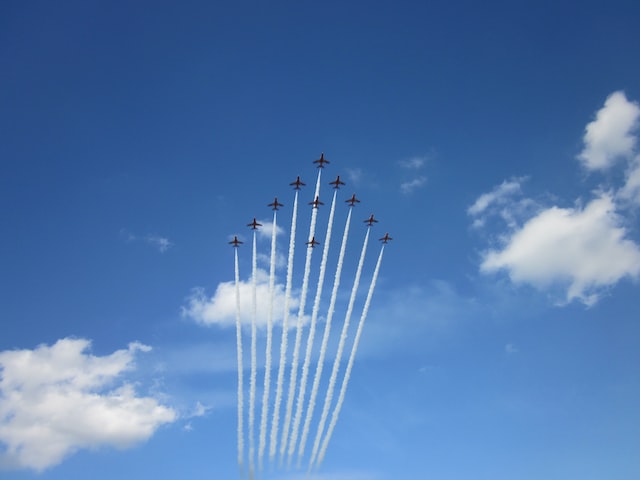Did you know that Greenhouse gas emissions are not the only contributors to global warming? The wispy white lines that we see on a bright clear day signify the recent flight of an airline. And these white condensation trails, also known in the aviation world as contrails, have a devastating effect, especially in places with the highest concentration of air traffic.
Contrails may seemingly look like a visual delight, but in reality, they are bad for the environment. These wispy white clouds are, in reality, nothing but a condensed form of the jet engine exhaust flying at 25,000 ft in the air. Contrails are human-made clouds. Similar to regular clouds, they arise when water vapour from the engine exhaust forms into droplets by condensing onto particles in the air (in this case, soot from the engines). The water droplets freeze to make tiny ice crystals that appear visually as contrails.
They form in the air above about 25,000 feet when that air is moist and colder than -40°C (-40°F). While the effect is temporary, the contrails have a long-lasting impact at night when the temperatures are cooler. From a few seconds to a few hours, even a small change can impact the earth’s environment & disrupt the climate in any given city. As per the research, the aviation sector is said to be responsible for nearly 2.4% of global emissions, and it is with good reason! A single commercial flight emits a year’s worth of CO
Any small adjustment can significantly help combat contrails adding to climate change, from tweaking the flight plans to adjusting the flight attitude. Aircraft emissions & fuel should be at the top of the list when it comes to countries working on combatting the climate crisis. Especially as air travel seems to be on a steady rise since after the covid pandemic. While a sustainable version for air travel is in the distant future, combatting contrail effects can help overcome at least a part of the goal.







